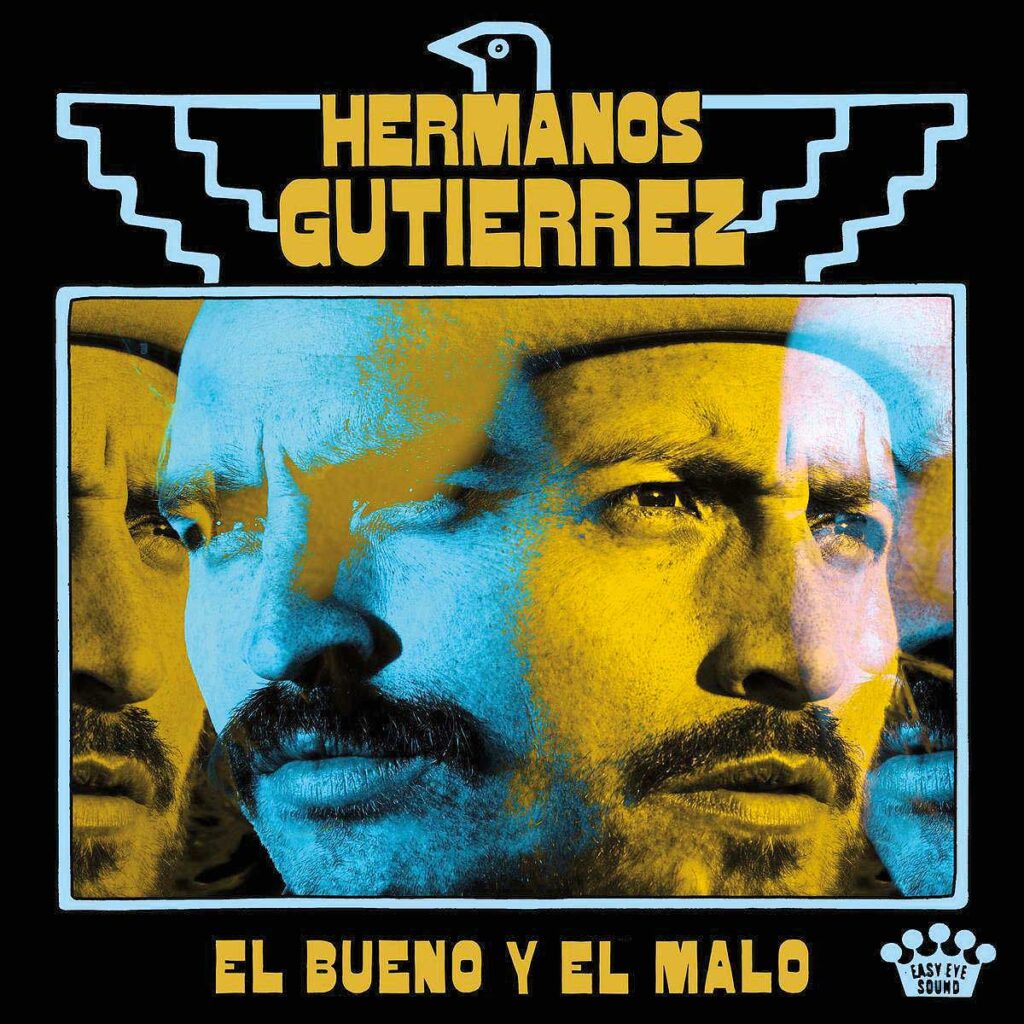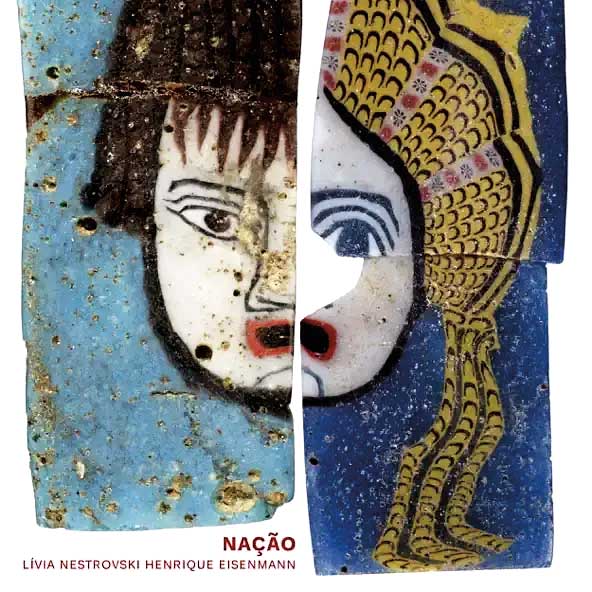This article is adapted from AQ’s special report on Lula and Latin America

El bueno y el malo
by Los Hermanos Gutiérrez
Ecuador
The music of the Ecuadorian-Swiss duo Los Hermanos Gutiérrez would not be out of place in a spaghetti western—and indeed, their twangy guitars recall the film soundtracks of the great Ennio Morricone. The pair’s latest album, El bueno y el malo, nods to the 1966 classic The Good, the Bad and the Ugly, with its famous score by Morricone. “Pueblo Man,” a meditatively nostalgic track, rests—like all their compositions—on the subtle interplay of their two guitars, with the occasional addition of a percussion or string instrument. The effect leaves plenty of room for listeners to place themselves within the vast landscape opened up by the music.

Ololiuqui
by Kaleema
Argentina
Argentine producer and multi-instrumentalist Kaleema (née Heidi Lewandowski) is part of Buenos Aires’ exploding electronic music scene. Her discreetly pulsating tracks, frequently highlighting a single sound, like the kalimba in the song “Ololiuqui,” create hypnotic support for her voice. The kalimba, also called the mbira, is a traditional African instrument that became popular in the West in the late 1950s, consisting of a board with metal tines that the musician plucks. This song, an ode to the morning glory (ololiuqui is the flower’s Nahua name), is, in the artist’s words, the “sonic equivalent of a springtime stroll along a river.” Kaleema dedicates it to “a crystal river that runs continually and includes all of creation.” Over the kalimba and electronic sounds, the voice alternates with string instruments, which eventually claim the spotlight as the piece gently flows away.

Folclor imaginario (en vivo)
by Gepe
Chile
Over a decades-long career, Grammy-nominated Chilean singer- songwriter Gepe has become an established artist in the region’s music scene. His songs span styles and moods—from releases that draw from the indie rock sound or from electronic music, to collaborations with the raucous Banda Conmoción. But he has never strayed too far from his country’s folk music, and he dedicated 2018’s Folclor imaginario, an album and documentary film, to the traditional songs compiled by musicologist Margot Loyola, who was also his teacher. Loyola, who died in 2015, worked on the popular music traditions of Chile and the Southern Cone, compiling hundreds of songs. Her labor has been essential to the knowledge and preservation of a rich repertoire. This follow-up live version of Folclor imaginario features Gepe’s soulful rendition of “Hasta cuándo vida mía,” a longing jewel of traditional music and poetry delivered in restrained and luminous fashion by an ensemble of bass, guitars and harp.

Nação
by Lívia Nestrovski
Brazil
Nação, the latest release from Brazilian singer Lívia Nestrovski with pianist Henrique Eisenmann, sets off on a whirlwind tour through Brazil’s varied regions and sounds. The album includes traditional songs and original compositions, as well as performances of classics by Tom Jobim and Milton Nascimento. Throughout, the duo’s considerable virtuosity and musical curiosity take center stage, as in “História difícil,” a humorous samba in the vein of Brazilian icons of satirical songwriting like Luiz Tatit or José Miguel Wisnik. After an opening cry of “Inconstitucionalissimamente!” (very unconstitutionally), Nestrovski dives into a rapid-fire burst of quasi-philosophical chatter before bringing the whole declaration to a rousing, “unconstitutional” end. Both musicians are unflappably polished and graceful in their delivery of an arrangement that navigates daring changes in harmony and register and a flurry of words, producing a vertiginous song that uses a traditional popular format to deliver unusually literary content.









